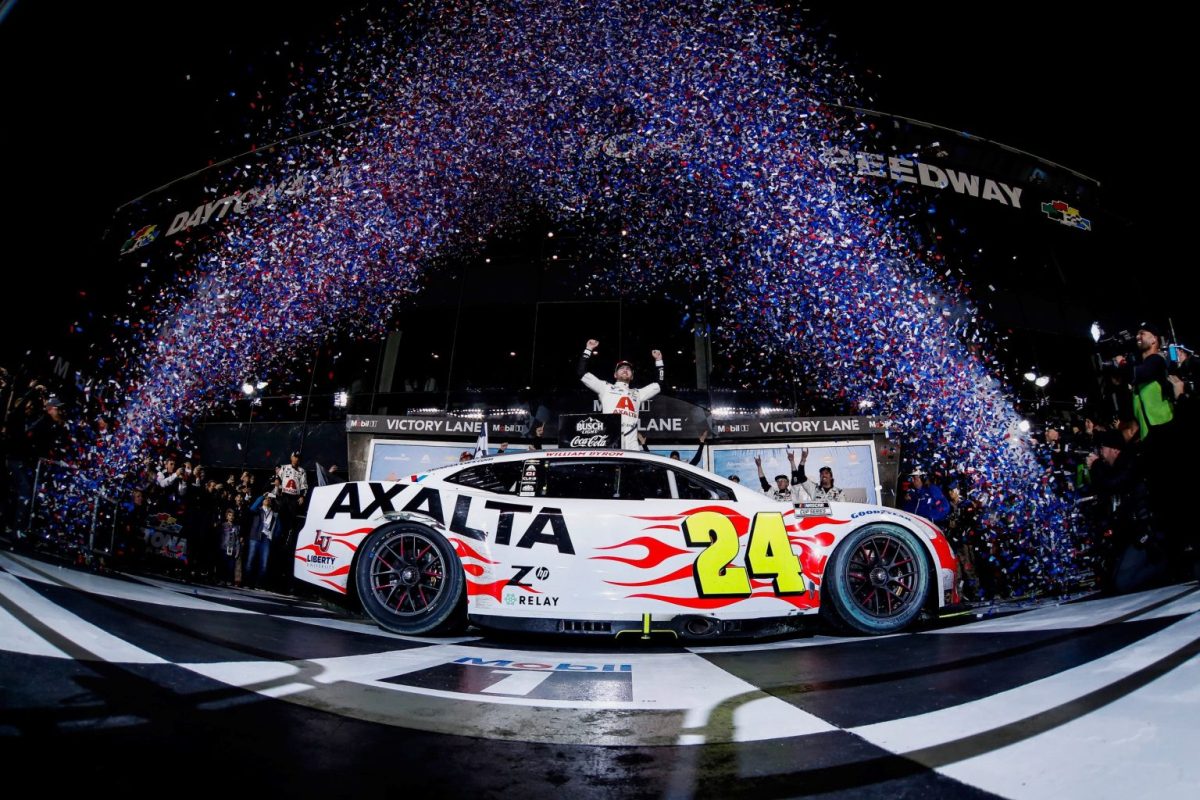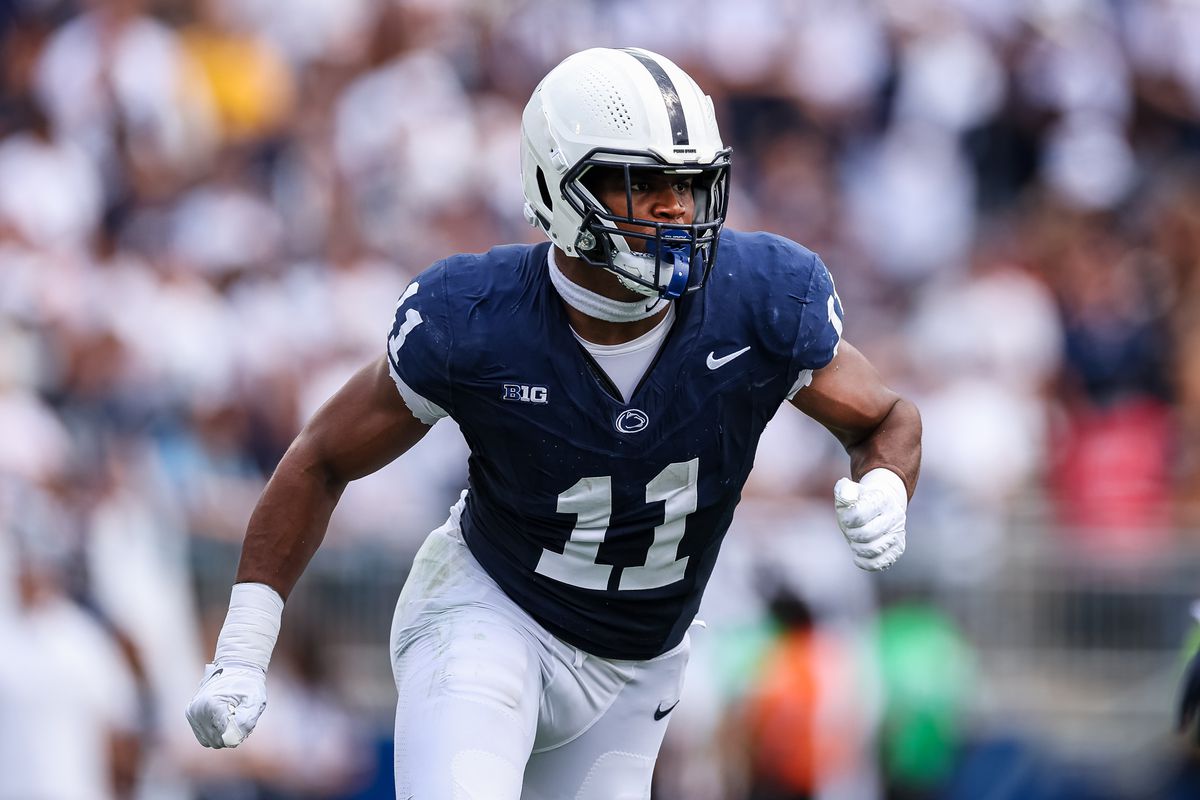Lambeau Field is one of the most famous and historic stadiums in professional football. Named after founder Earl “Curly” Lambeau, it symbolizes the long-standing success and legacy of the Green Bay Packers, founded in 1919, one the oldest teams in the NFL. While Lambeau has hosted countless games over the years, it has also been a pilgrimage for many football fans, a testament to the endurance and loyalty of the Packers fan base known as the cheeseheads.
Lambeau Field has seen its significant share of historical events, most notably the “Ice Bowl” during the 1967 NFL Championship against the Dallas Cowboys, where the Packers triumphed in bone-chilling -13 degree temperatures. After the game during which numerous players were treated for frostbite, Lambeau earned the moniker “The Frozen Tundra.” It is a true testament to the loyalty of Packers fans that every home game since 1960 has sold out. The spirit is epitomized in the “Lambeau Leap” started by Hall of Famer LeRoy Butler where players leap into the arms of fans in the end zone after scoring a touchdown. A connection between players and fans is a tangible symbol of the community spirit that defines the Packers and their home stadium.
Before Lambeau field became a huge stadium, able to seat thousands of fans, it was much smaller. The stadium was designed by the Green Bay architectural firm of Somerville, Inc. under supervision of Richard E. Gustafson. The cost of construction was $96,000 financed jointly by the Packers and the city of Green Bay. The seating capacity was around 32,000 on opening day, Sept. 29, 1957 when the Packers defeated longtime rival the Chicago Bears. Packers’ fans come from many places to see the Packers play, but the experience is where all fans have a great time — even Bears fans.
“There are tons of people, it’s a great day and the atmosphere here is unbelievable,” said Bears fan and first time Lambeau-goer Tom Magiera.
What makes it even better is tailgating. Packers fans go to great lengths to make the experience more fun — food, drinks, games connecting and getting together with other fans. While Lambeau preserves the nostalgia of its stadium, we’ve seen countless renovations to make the stadium better for the fans and the future of the stadium.
During 1961-65 in coach Vince Lombardi’s tenure, cementing the Packers’ status as an elite NFL franchise, Lambeau Field expanded three times. In 1961 — 6,519 seats were added, increasing the capacity to 38,669. In 1965 the stadium was rechristened Lambeau Field in honor of team founder Earl “Curly” Lambeau, who died that year.
In 1967 the Packers trying to create a more forgiving playing surface for colder temperatures, installed heating coils under the field, but that backfired in spectacular fashion. The coils failed to prevent the field from freezing when needed the most, as the Packers defeated the Dallas Cowboys in the 1967 NFL Championship, known as the “ice bowl.” Fans don’t come to Lambeau Field only to see the Packers play, but other sports hosted at the historic field like the Bayern Munich-Manchester match .
During an exhibition game in July of 2022, a preseason tour in the United States was the first time that Lambeau hosted a soccer team. This gave soccer fans a chance to see their favorite sport that they may not get to see as often. In 2016, Wisconsin played LSU at Lambeau bringing Wisconsin fans over to watch the Badgers win, 16-14. Lambeau has provided many events over the years all year round for fans to feel welcomed. The NFL announced that Lambeau will be hosting the NFL Draft in 2025 for the first time ever.
“The Draft, has become our biggest off-season event hosted in different cities with spectacular locations across the country, and we are excited to work with the Packers and discover Green Bay to bring the 2025 NFL Draft to Green Bay and Iconic Lambeau field,” said NFL commissioner Roger Goodell. “With the help of numerous local partners on the ground, our prospects and fans will be treated to an incredible week-long experience that shows off the city of Green Bay and the state of Wisconsin.”
“This is an incredible day for the Packers, Greater Green Bay and the entire state of Wisconsin,” said Packers President/CEO Mark Murphy.



















